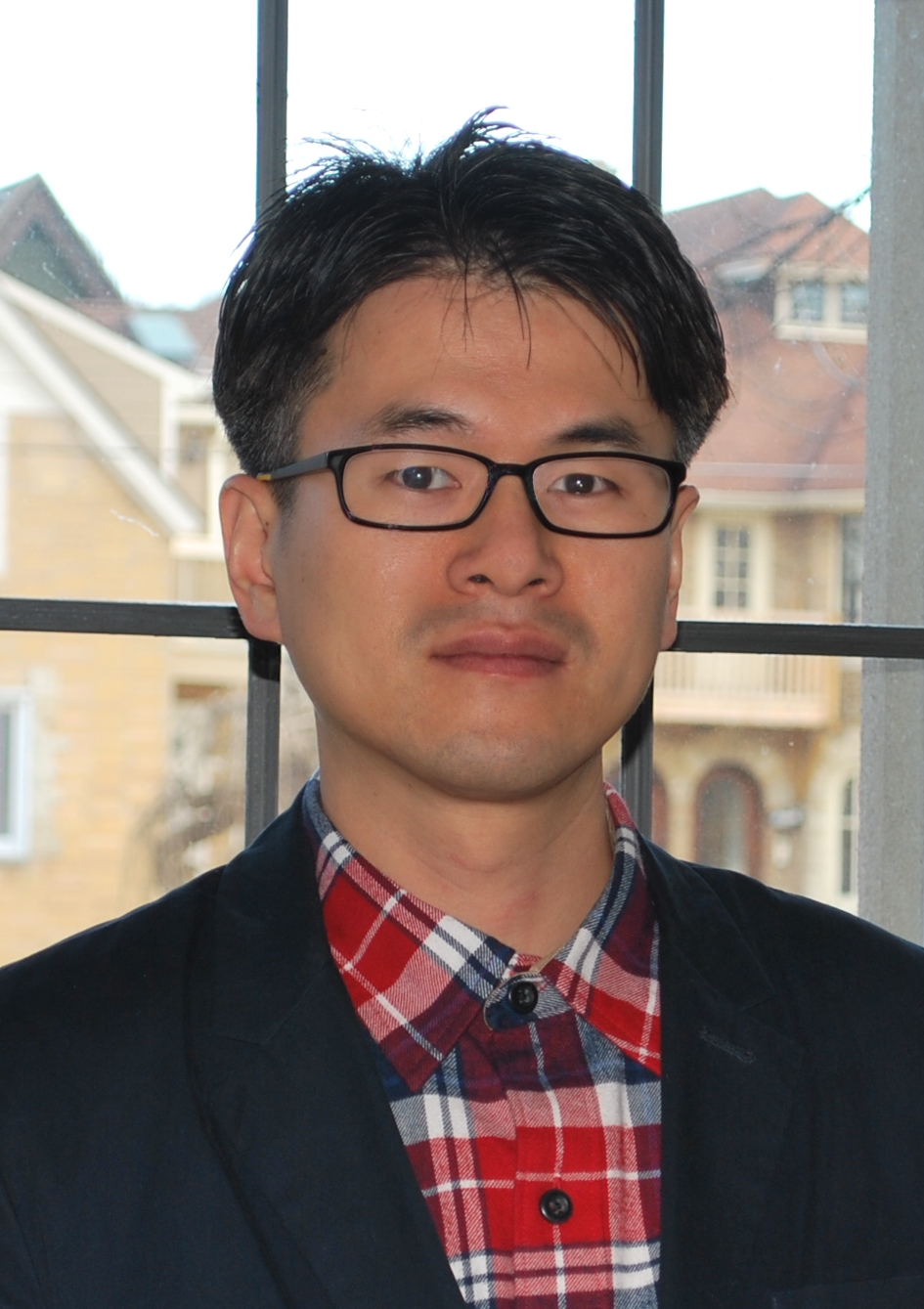Obsessive Compulsive and Related Disorders
(PS2-91) The Paradoxical Relationship Between Suppression Proficiency, Obsessional Frequency, and Distress

Bryce Arseneau, M.S.
Graduate Student
University of Wisconsin - Milwaukee
Milwaukee, Wisconsin, United States- HW
Heather Wachal, None
Student
University of Wisconsin - Milwaukee
Milwaukee, Wisconsin, United States - AW
Ace Worske, None
Student
University of Wisconsin - Milwaukee
Milwaukee, Wisconsin, United States 
Han-Joo Lee, Ph.D.
Professor
University of Wisconsin-Milwaukee / Rogers Memorial Behavioral Health
Milwaukee, Wisconsin, United States
Author(s)
Co-Author(s)
Obsessive Compulsive Disorder (OCD) is a heterogeneous disorder characterized by intrusive obsessions and maladaptive compulsive behaviors intended to neutralize distress. Previous research has demonstrated individuals with OCD show poor response inhibition (RI) typified by difficulties with behaviorally adapting to changing environmental demands (e.g., Chamberlain et al., 2005). Although various studies have shown RI deficits through behaviorally driven tasks, fewer studies have explored more cognitive-based forms of inhibition such as suppression induced forgetting (SIF). SIF requires individuals to inhibit automatic thoughts/memories related to previously relevant cues which may be relevant to individuals with OCD who often fail to inhibit fears from irrelevant cues. Therefore, we hypothesized individuals with heightened OCD symptoms would show deficits in SIF.
To examine the relationship between SIF and OCD symptoms we gathered data from twenty-eight participants. To assess suppression-induced forgetting (SIF), we employed the Think/No-Think (TNT) task, consisting of three phases. In the learning phase, participants encoded cue and target word pairs (e.g., cat-dog). Subsequently, cues were presented to confirm encoding. During the suppression training phase, participants were instructed to suppress specific target word recall (no-think) while recalling others (think). In the final recall phase, participants recalled cued target words regardless of prior instructions. To calculate suppression induced forgetting (SIF) we created an index of suppression performance by taking the difference between baseline and no-think recall performance and dividing this by overall think word pair recall performance. We used the revised obsessive-compulsive inventory (OCI-R) to assess the severity of OCD symptoms which includes several symptom domains including washing, checking, ordering, obsessing, hoarding, and neutralization, and the Penn State Worry Questionnaire to measure non-OCD related worry as a control.
To analyze whether OCD symptoms or other mood-related symptoms would predict SIF deficits we entered each OCI-R subtype and PSWQ total score into a hierarchical linear regression with SIF as the dependent variable. Obsessing (β=.140, p =.039) was shown to be a significant predictor of SIF. PSWQ total, hoarding, washing, ordering, checking, and neutralizing were not shown to significantly predict SIF (p >.611).
Our study found that increased obsession frequency and distress predicted better performance in suppression induced forgetting (SIF). Contrary to our hypothesis, individuals with heightened obsessions demonstrated superior SIF. Previous studies (e.g., Geraerts et al., 2006) have shown attempts to suppress worrisome thoughts show a short-term reduction in intrusions. However, rebound effects of intrusions have been shown to occur over time demonstrating suppression as a possibly maladaptive coping mechanism. Additionally, using neutral cue/target words may have contributed to the ease of suppression for symptomatic individuals. Future research should explore if emotion and obsession-based word pairs show higher resistance to SIF in individuals with heightened OCD symptoms.

.png)
